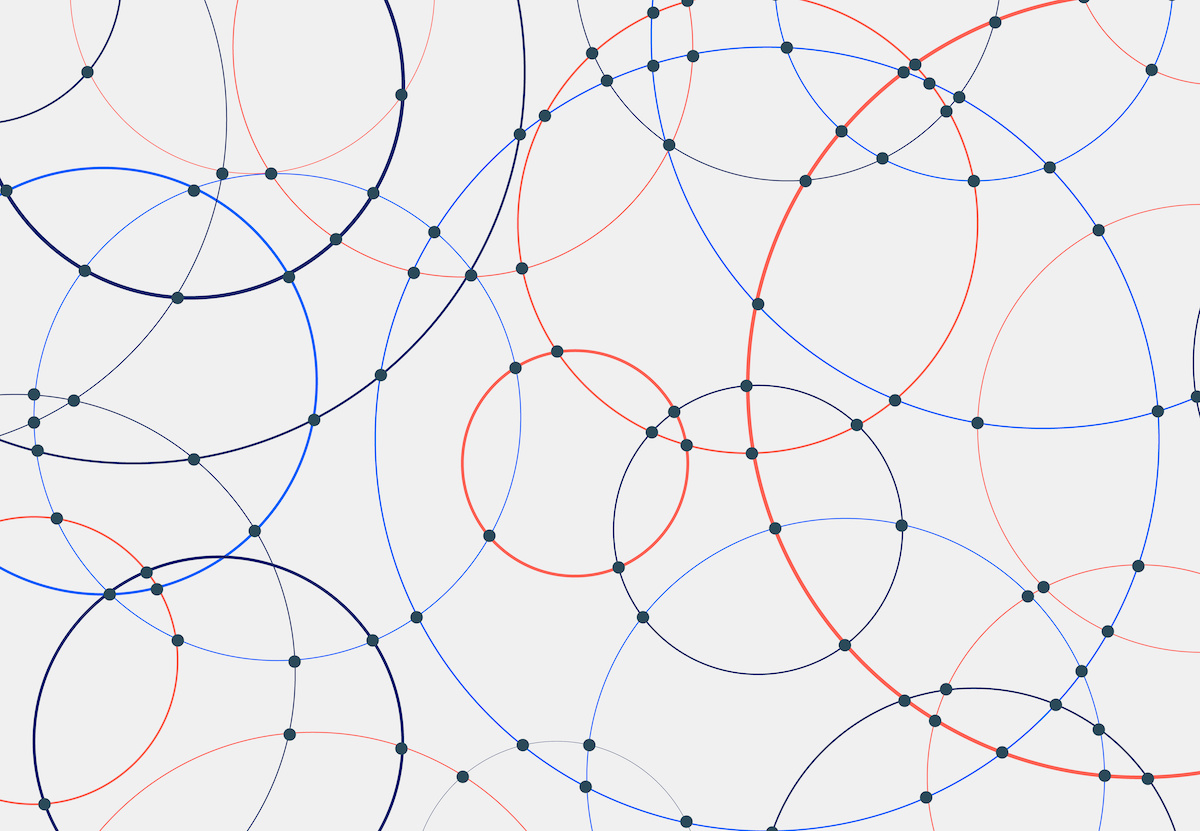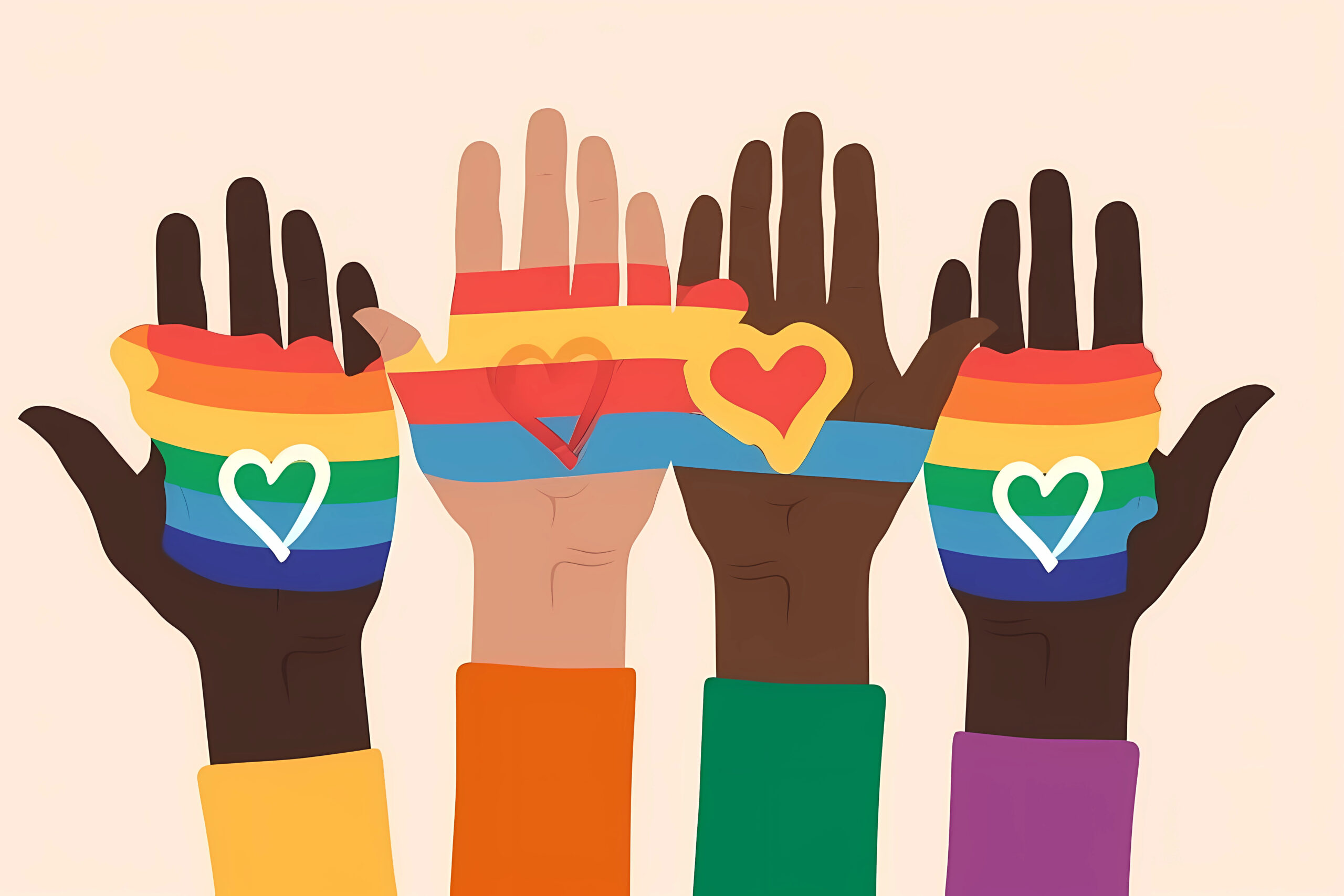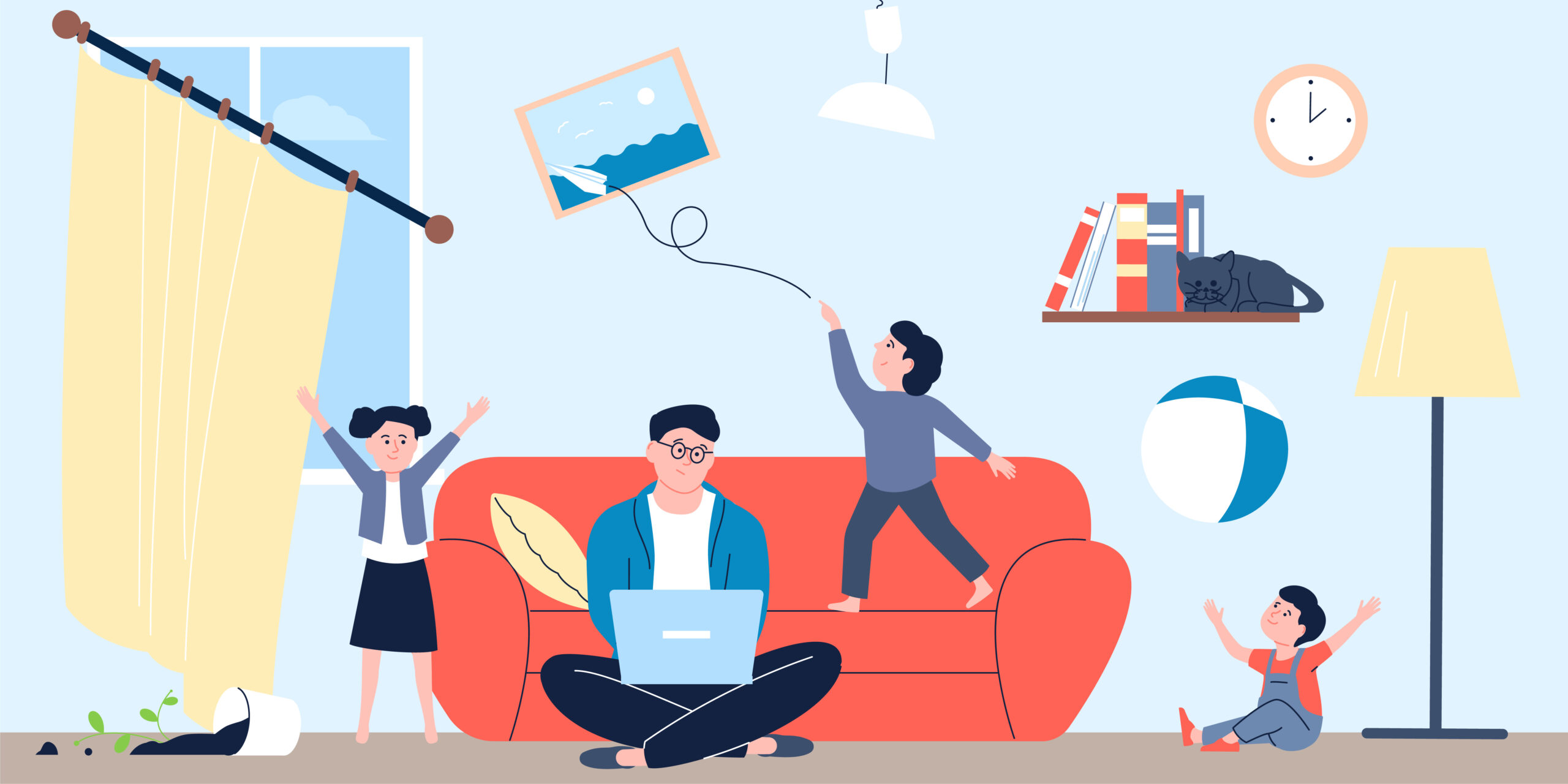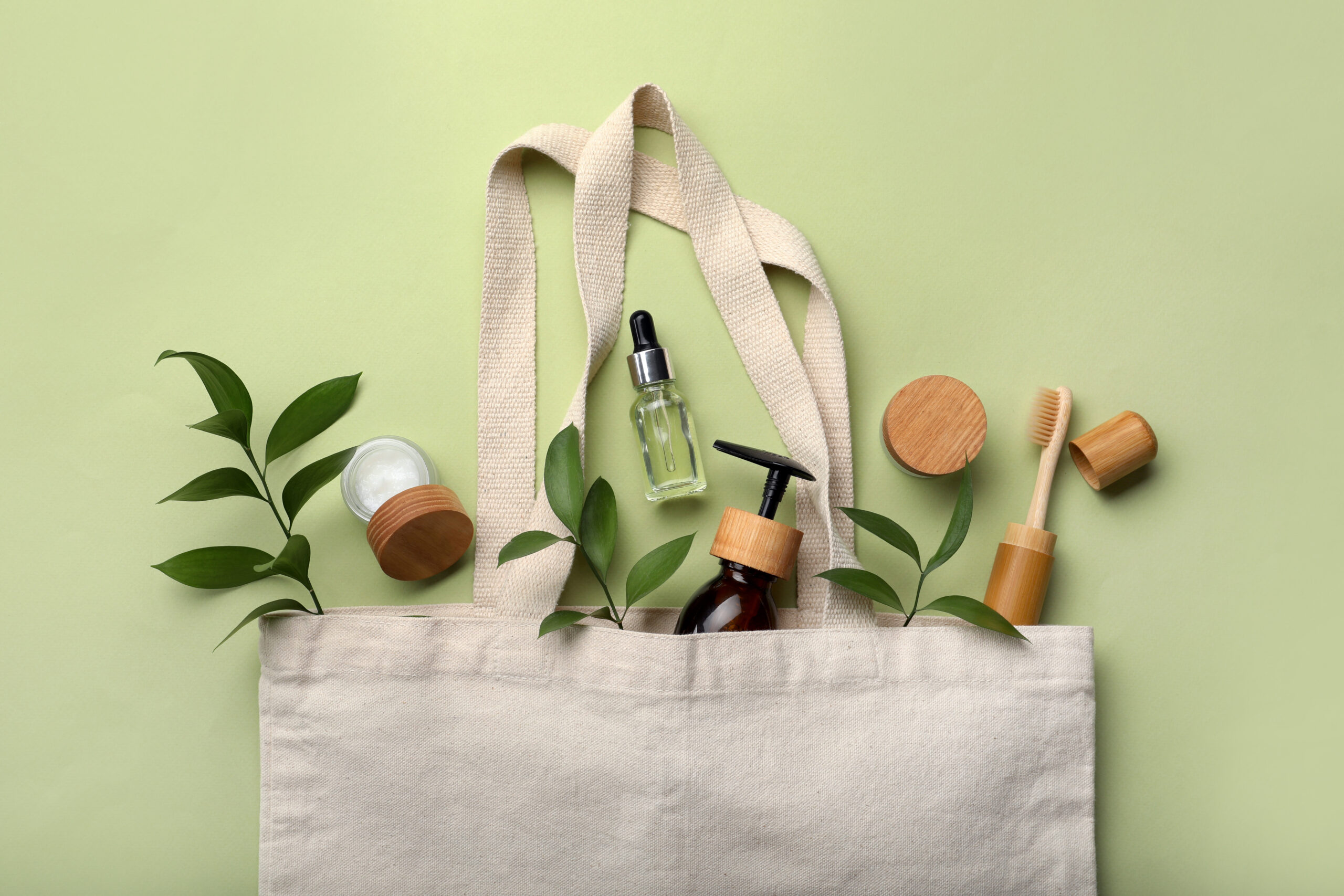Over the past year, five years, ten years, longer depending on what you’re counting, our hyper-awareness of global and national pain, injustice, and suffering has catapulted. Depression and anxiety levels are at an all time high in the United States — and amidst pandemic, protests, and ongoing conflict, is anyone surprised?
Depression and Anxiety in the COVID Age
In the early months of the pandemic, circa April 2020, depression rates more than tripled according to a survey conducted by the Boston University School of Public Health. Further surveys confirm that we’re holding steady with a quarter to a third of the population consistently reporting symptoms of anxiety disorder.
Writer and Experimental Psychology PhD, Dana G. Smith, explores the way our literal brains might have changed over the past year in her in a two part series titled Your Poor Pandemic Brain. The TL;DR is that our chronically stressed out brains have been changing to adapt, and not always in good ways. As adrenal glands release cortisol in a continuous stream instead of in pulses, microglia start to prune more synapses than necessary, including necessary and functional ones. This can make stress worse in a messed up feedback loop that impairs memory, impulse control, and ability to manage stress.
So if you feel dumber when you’re stressed and depressed, that’s because your brain is straining itself as a result of the excess cortisol your body is releasing. Not cool. Especially since chronic stress can lead to depression, anxiety, PTSD, and substance use disorders.
Here are some sobering statistics:
- Mortality from suicide has increased about 17% since 1981
- About half of US adults will experience a mental health issue in their lifetime
- About 20% experience a mental health issue each year
- Workplace stress — at baseline — accounts for about $190 billion in health costs and $1 trillion in lost productivity
- 84% of workers report they are not comfortable discussing mental health with an employer
Who feels the brunt of the devastation?
So here’s the picture: we’re isolated, grieving, anxious, and depressed, but, as usual, the most affected can be drawn along lines of class, race, gender, age, and other differentiators that lie upon a complex spectrum of privilege, like job prospects and education.
According to Smith, the people at highest risk for developing all sorts of maladies are those with the “most stressors and the fewest resources.” As reported in a September 2020 study, “lower income, having less than $5000 in savings, and having exposure to more stressors were associated with greater risk of depression symptoms during COVID-19.” Living alone as a young adult or in a household with children is another big indicator of anxiety.
Certain groups experienced chronic stress at higher levels pre-pandemic, but stress for these groups has only gotten worse through factors onset by the pandemic, such as financial instability. Those at greater risk include:
- Younger people
- Women
- Black and Latinx adults
- Tribal members of Indigenous communities
- Those without a high school diploma
- Healthcare and other frontline workers
- People who have had COVID
- People grieving the loss of a loved one
- Young adults living alone
- Living in a household with children
- Lower income individuals
- Those with less than $5000 in savings
- Those with exposure to more stressors
According to Oregon Health Authority data, Black, Latinx, and Native American communities are at the highest risk of contracting COVID, as well as dying when they do contract it — and that data lines up with figures seen across the country. The CDC reports that the five key social determinants of health are:
- neighborhood and physical environment
- health and healthcare
- occupation and job conditions
- income and wealth
- education
Racial and ethnic minorities often experience barriers to wealth accumulation, housing opportunities, and education because of historical laws and mandates (such as redlining) that have legally prevented them from doing so. This is not to say these barriers exist exclusively for BIPOC identities, and that many BIPOC folks don’t overcome these circumstances and thrive. For example, white Appalachian communities experience many of the same disparities. Human stories cannot be boiled down to statistics. However, a nuanced look at statistics can show us who is disproportionately affected because of systemic circumstances. Here are some more numbers.
NYC death rates from COVID -19:
- 35 per 100,000 among Asians
- 45 per 100,000 among Whites
- 74 per 100,000 among Hispanics
- 92 per 100,000 among African Americans
Many American are susceptible to severe COVID-19 illness because of underlying health conditions, but some communities have higher rates of these conditions often because of lack of access to fresh groceries and affordable healthcare. That looks like:
- 20% of all US adults under 65
- 34% of Native Americans
- 27% of African Americans
While tribal communities, most notably the Navajo Nation, have also been severely affected, they have also been extremely effective in their vaccination efforts despite rural distribution. More than 60% of Navajo adults are fully vaccinated and most other times have vaccination rates that exceed the national average.
Those are a lot of numbers, so what does this look like beyond statistics?
Social Epidemiology
According to Elizabeth Walsh Yoder, the lead epidemiologist in Clay County, Missouri, when it comes to health equity and diving into social determinants of health, “COVID has just exposed what has already existed since this country was colonized. That fact is that people with brown, black, yellow skin, they don’t have the same access to a healthy life as white people do, period.”
Some of these determining factors include the ability to work from home or take paid time off if a person has to quarantine. Jobs that don’t allow telework (like service industry professionals, factory workers, delivery people, drivers — as in the those bringing your Amazon packages and Instacart or Door Dash deliveries to you — healthcare staff including nurses in hospitals and long-term care facilities) are “all the jobs ten to be occupied by people of color,” explains Yoder. This makes them disproportionately exposed to the virus, which is why we’re seeing higher rates of infections and death in poor communities and non-white communities.
Not only that, but “they aren’t making as much money as everyone else so when you compound that, these jobs don’t offer paid time off, they may not pay a living wage, the benefits probably aren’t great either, which means they don’t have access to care. So then, if they do get sick, they usually don’t seek care until it’s really really bad, and that’s why we’re seeing more deaths.”
Healthcare has become such a polarizing political issue that it has evolved into a public crisis. Yoder explains, “There is a lack of understanding that giving other people access to healthcare, doesn’t take away their access … They think they’re going to have to pay for it [through taxes], but they’re already paying for through premiums or expensive hospital bills … Just because [an expensive hospital bill] is not getting paid through Medicaid, doesn’t mean we’e not paying for it elsewhere.”
And then, there’s vaccination. While some states are making strides, many have fallen behind. “We still have inequities in who’s getting vaccinated,” explains Yoder. “The one big thing we can do to make things better, we are still not getting to the people who need it the most, and that’s our fault. We did that. We have perpetuated that.”
To that end, Hello Black America! is part of an initiative between Jacob Kornbluth Productions, the Kaiser Family Foundation, and the Black Coalition Against COVID to ease the justifiable fears of Black Americans when it comes to the COVID vaccine.
It’s not just COVID.
Of course, if it was just managing the physical and mental effects of COVID, we’d already have our work cut out for us. Unfortunately, we’re in the midst of a power keg of social unrest. For the empathetic and informed, it can be exhausting and heartbreaking to bear witness to one tragedy after another both domestically and globally. However, when you’re a member of these communities, the mental and emotional burden is much worse.
Deaths to innocent men, women, and children have an excruciating toll on the communities affected most — disproportionately Black Americans. The stress of managing the global movement of protests and activism also takes a toll on Black organizers. Family and community members experience recurring grief as every new death serves as a reminder of the people they have lost or could lose someday under similar circumstances.
We’ve also seen a rise in hate crimes for various minority groups across the country. Since the onset of the pandemic, Asian Americans and Pacific Islanders have been targeted in public spaces. A large percentage of these crimes are against the elder population. While 2020 crime statistics have not been released, Stop AAPI Hate received more than 2,800 reports of hate incidents last year. Children have also been targeted and bullied at school. While the COVID-19 hate crimes bill has passed in the Senate to fight this kind of discrimination, there are plenty who publicly oppose these kinds of protections.
Antisemitism has also skyrocketed during the pandemic, although it was already rising on 2019. According to the ADL, 63% of Jewish Americans have experienced some sort of antisemitism in the past 5 years. Last December, New York synagogues were graffitied with nazi symbols, and those have shown up repeatedly on campuses and other public spaces.
Islamic Americans have also faced their share of hate crimes throughout the pandemic. When you have a public that is unwilling to participate in a shared reality (for example, that there exists an extremely contagious virus identified as COVID-19 that seems to affect people differently based on some factors we understand and some that we don’t), the only possible outcome is creating scapegoats through ethnic and religious minorities.
What does that mean for diversity, equity, and inclusion initiatives?
Understandably, diverse employees are struggling the most: Only one in six reports feeling supported through the pandemic. This only highlights the intersection of who has been hit hardest by the pandemic, social unrest, systemic injustice and targeted hate crimes — in addition to history and unconscious bias.
Even before COVID-19, women and men of color have incurred an emotional tax in the workplace, meaning they feel the need to be on guard to protect against discrimination or bias. A report by Catalyst found that not only do diverse employees pay that tax, but companies do too, by losing talents and revenue as a result.
Award-winning photographer Eva Woolridge explains her experience:
“It’s exhausting to be a minority in a corporate space. When the wave of BLM movements happened in June, our work day was going to go on as usual if I didn’t write to the entire NYC office that I was struggling to operate because of the very real institutional racism of my everyday experience. And what’s worse is to be taken seriously, minorities have to put their trauma on a platform. I had to recount the years of abuse me and my family experienced at the hands of police as well as my daily experience on a corporate platform for the realities to even be addressed. I was happy they finally listened, but I shouldn’t have to recount trauma to prove this is a reality for all minorities.”
When we discuss DEI (Diversity, Equity & Inclusion) initiatives, a lot of thought goes into giving opportunities in the workplace, but when the external factors that govern our lives keep some people playing more difficult games of mental gymnastics, or struggling with their physical health, a major piece of the puzzle goes missing.
Erin Lee, a New York based DEI and Leadership Development consultant thinks an upfront approach and acknowledgement of people’s lived-reality would go a long way. “I think on a basic level, managers can acknowledge what is happening right now socially and politically and let team members know they are open to dialogue if their direct reports want to talk about anything,” explains Lee. “Signaling safety proactively is something they can do to let people know that it’s okay to talk about the emotional toll of everything that’s happening.”
It may not always lead to conversation, but it’s an important first step, Lee continues: “Then employees have a choice whether or not they would like to open up. Another thing managers can do is share about their experiences and concerns as well to normalize these conversations.”
Yoder offers additional solutions to companies looking to step up their game, starting with opening up who is in on these conversations. “If you have one person of color, that doesn’t cut it,” she explains. “You need multiple people at multiple levels of the company making decisions.”
The following questions are a good place to start:
- Who are your lowest wage workers?
- What do they look like?
- How much money do they make?
- What does the company look like from top to bottom?
- What kinds of education requirements are you including in your job descriptions?
- Does the salary offered reflect those requirements?
- Does the role you’re hiring for actually need a Bachelor’s degree?
- If you’re requiring a Bachelor’s degree, are you paying accordingly?
- Does your benefits policy negatively impact your lower wage workers (especially in regard to parental leave)?
What can we do as individuals?
First and foremost, take care of yourself. Make sure your physical, mental, and emotional needs are met. Drink water, eat a nourishing meal, try to sleep. Take breaks from social media if you need to, if you can. Check in with your friends. Acknowledge what is happening in the world. Be gentle and generous. Here are some more in depth tools to incorporate intersectionality into your self-care and mental health advocacy:
- DEI Collective has put together two incredible toolkits that encompass anti-racism and the pandemic. Here you’re find a range of article and exercises to address mental health, self-care, and other tips for BIPOC communities and allies alike.
- For help building a more resilient brain check out Your Poor Pandemic Brain and my previous post, You Can Survive This: Cultivating Resilience for Hard Times.
- Check out this CRS guide to supporting communities during COVID-19.
About the author.
Alessandra is the mentor, educator, and writer behind Boneseed, a private practice devoted to deep self-inquiry through a range of physical, energetic, and mental modalities. She has over 500 hours of yoga, mentorship, and facilitation training and can be found slinging knowledge on her website, newsletter, and @bone.seed.



